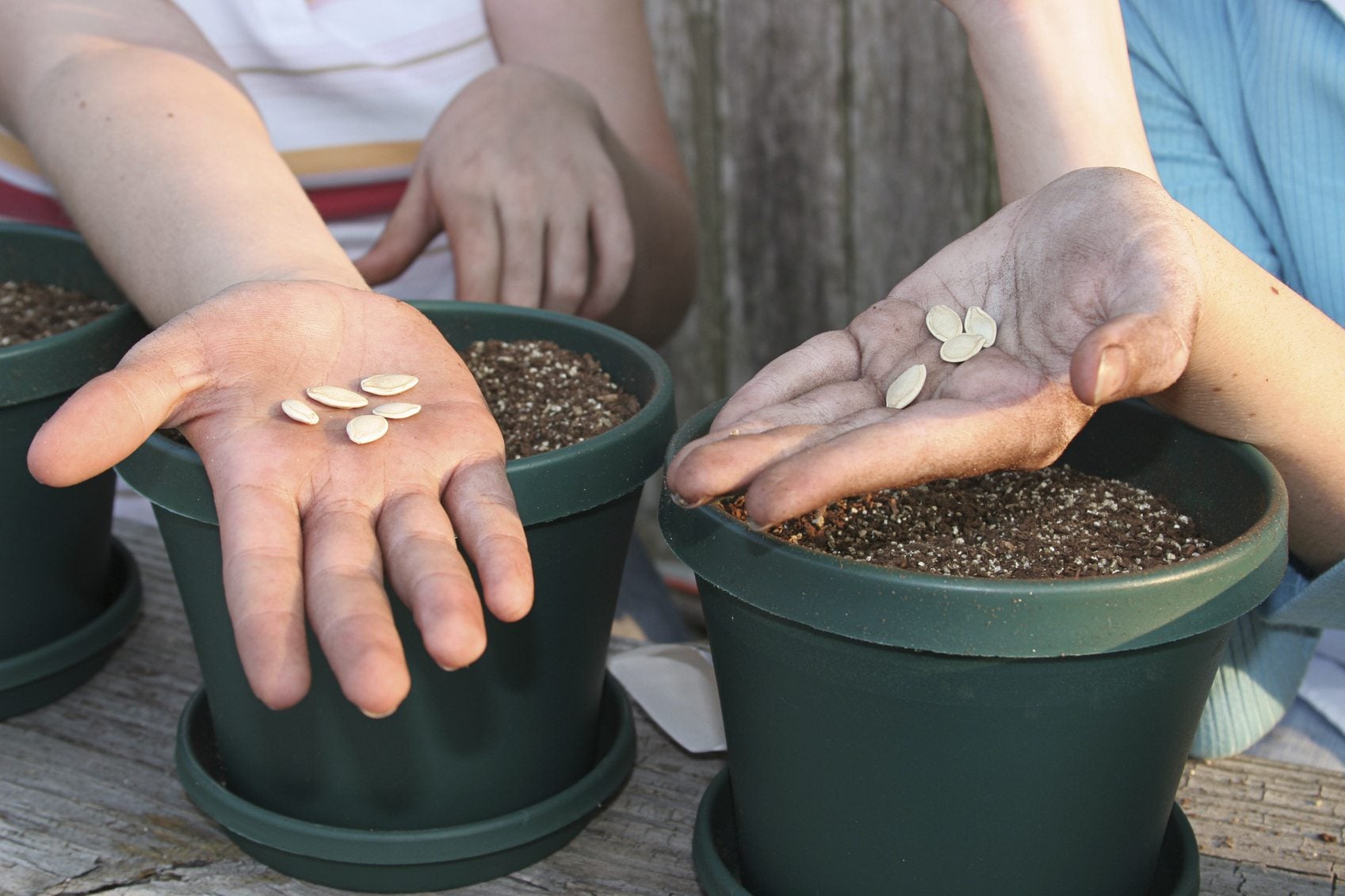Propagating Plants With Kids: Teaching Plant Propagation To Children


Young children love to plant seeds and watch them grow. Older children can learn more complex propagation methods as well. Find out more about making plant propagation lesson plans in this article.
Plant Propagation for Kids
Teaching plant propagation to children begins with the simple activity of planting seeds. You can take it a step further with older children by including one or more methods of asexual reproduction, such as cuttings, division, or offsets. The amount of information to include depends on the child’s age and the time you have to spend on propagation.
Starting Seeds with Kids
Below is a simple procedure for teaching kids about seed propagation. First, you’ll need to gather your supplies, which will include the following items:
- Small flowerpots with holes in the bottom. Yogurt cups make fine pots.
- Seed starting mix. Buy a packaged mix or make your own from 1 part perlite, 1 part vermiculite, and 1 part coir (coconut fiber) or peat moss.
- Ruler
- Saucers to place under the pots
- Water
- Seeds: Peas, beans, nasturtiums, and sunflowers are all good choices.
- Zipper bags. Make sure they are large enough to hold the flowerpots.
Fill the pots with seed starting mix to about 1 ½ inches (4 cm.) from the top with seed starting mix. Set the pot on the saucer and moisten the mix with water. Place two or three seeds near the center of each pot and cover the seeds with about 1 to 1 1/2 inch (2.5-4 cm.) of soil. NOTE: if you choose smaller seeds than the ones suggested here, adjust the depth accordingly. Place the pot in the zipper bag and seal it. Observe daily and remove the pot from the bag as soon as the plant emerges. Clip out the smallest or weakest plants when they are about 3 inches (8 cm.) tall, leaving only one sturdy seedling.
Propagating Plants with Kids via Cuttings, Division, or Offsets
Cuttings - Cuttings are perhaps the most common form of asexual propagation. Pothos and philodendron are good plants to use because they have lots of stems and they root easily in a glass of water. Make cuttings 4 to 6 inches (10-15 cm.) long and remove enough of the lower leaves so that only the stems are underwater. When the roots are about 3 inches (8 cm.) long, transplant them in a pot filled with potting soil. Division - You can demonstrate the division of tubers with seed potatoes. Make sure you get your potatoes from a seed store. Grocery store potatoes are often treated with growth inhibitors to prevent the eyes from sprouting. Cut the seed potatoes apart so that each eye has at least an inch (2.5 cm.) cube of potato with it. Plant the pieces under 2 inches (5 cm.) of moist soil. Offsets - Spider plants and strawberries develop an abundance of offsets, and nothing could be easier to propagate. Simply snip off the baby plants and plant them in the center of a pot filled with potting soil. Be careful not to bury the upper parts of the baby plant under the soil.
Sign up for the Gardening Know How newsletter today and receive a free copy of our e-book "How to Grow Delicious Tomatoes".

Jackie Carroll has written over 500 articles for Gardening Know How on a wide range of topics.